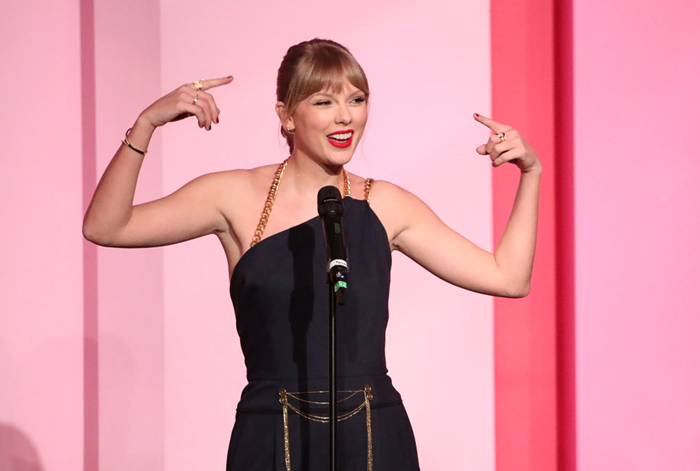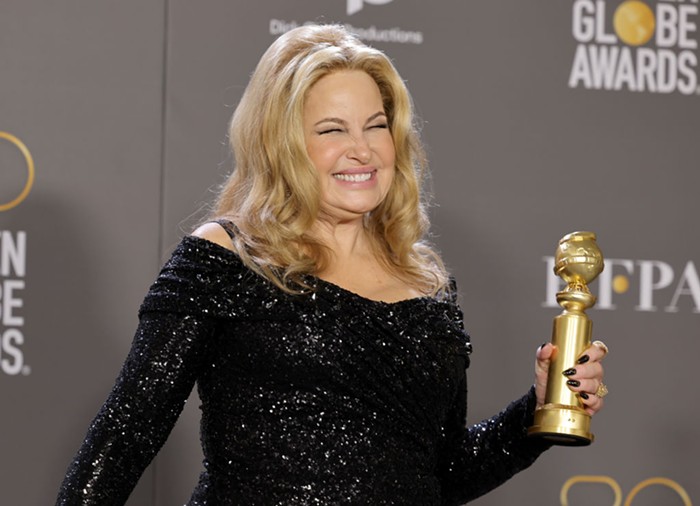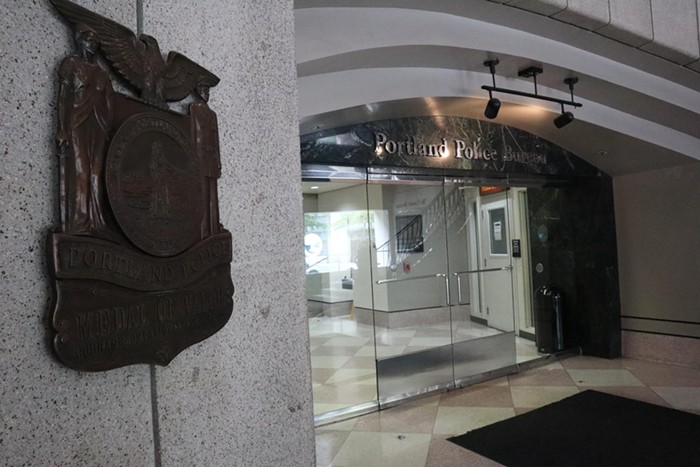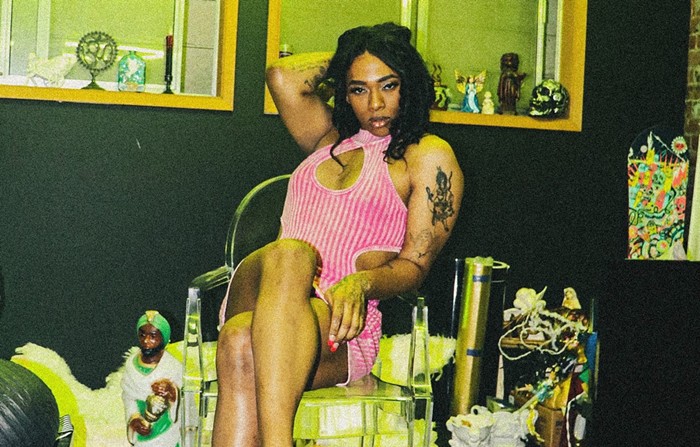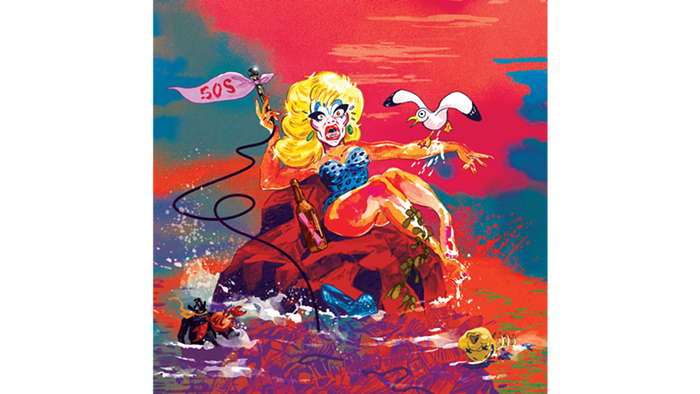By all measures, 2006 was a good year for Portland art lovers. From event-based exhibitions at PICA's Time-Based Art Festival and the third annual Affair at the Jupiter Hotel to a shifting gallery scene that includes newcomers like Quality Pictures and Mark Woolley's full-time move to Northeast Portland, the local scene continues to grow and evolve. Before jumping right in to 2007, here's a look back at some of our favorite shows from this year.
Marcel Dzama at Augen Gallery This month, Augen Gallery presents The Cabin of Count Dracula, a highly limited-edition series of 20 hand-drawn, black-and-white lithographs—packaged in a Lincoln Log cabin and issued with a nine-inch LP of Dzama's music. The lithographs offer a typical view into Dzama's world, where a rogue's gallery of characters cavort in woodland settings or, just as often, an undefined backdrop of white space. JOHN MOTLEY
New Trajectories I: Relocations at Reed College's Cooley Gallery The deeply insightful curation here creates meaningful relations between a disparate group of artists, teasing out stylistic and thematic connections through strategic spatial juxtapositions. Not only does New Trajectories I confirm the Cooley Gallery's increasingly indispensable role in bringing contemporary art to Portland, but it also casts a long and intimidating shadow on the city's visual arts programming for the remainder of the year. JM
Amy Ross at Motel Gallery The gracefulness of Ross's lines in her graphite drawings and the perceptible depth of her flawless watercolor execution charge these small works with a lifelike fragility: They are every bit as frail and slight as the real-life organisms she fuses together. JM
grey/area at Guestroom Gallery Of the 26 pieces in grey/area, none stand out as head and shoulders above the rest; rather, they work together as complements, strengthening the experience of viewing the body of work as a whole. JM
Dana Dart-McLean at small A Gallery Dana Dart-McLean's ink, gouache, and graphite works don't typically dazzle with masterly production values. Instead, Dart-McLean's work succeeds in the same way the best art does: It conveys emotion in a less readily communicative way, picking up the slack where language falters. JM
James Boulton at Pulliam Deffenbaugh Gallery "Vein and Brake" is grounded in a smeared-wrapping-paper nod to minimal stripe painting. Atop that sits a wide field of deep Alex Katz blues and a scraggly, shaky form, like a Pac-Man ghost with fangs and a scorpion tail, drawn with the left hand of a right-handed Parkinson's sufferer in a pale hue of watered-down Strawberry Quik. CHAS BOWIE
Oregon Biennial at the Portland Art Museum There's just enough space here to make the sweeping but heartfelt pronouncement: The 2006 Oregon Biennial is the strongest exhibition of local art that I have seen in the four-plus years that I've lived here. CB
Maximum Warriors at Yes The drawings here start with the Magic Marker and end with goopy, dizzying, and faux-juvenile throwbacks to Aerosmith, skulls with bloodshot eyes, and Teenage Mutant Ninja Turtles. In between, quasi-amphetaminic obsession takes over the doodle, and tiny mazes, blobs, cloudscapes, and dripping wax buildups are rendered with incredible focus and precision. CB
James Lavadour at PDX Gallery Given Lavadour's oppressive palette and the violence of his application, his vision of the West is menacing and nightmarish. In "Wall," raging reds and suffocating blacks seem to depict a blazing forest fire. The forceful effect of such vivid colors, though, registers closer to a scene from Dante than mere fire and smoke. JM
Harrell Fletcher at Corberry Press Ultimately, Fletcher is best at acting as a conduit to provide forums where everyday people can share their experiences, hopes, and dreams. From group meditation meetings to telephone pole flyers, Fletcher's act of un-art is to help under-heard voices get some communal airtime, and taken as such, it can be far more moving than any conventional piece of Art. CB
Michael Knutson at the Art Gym at Marylhurst University Whether working in limited colors or less restricted palettes, Knutson's use of coloration often charges his paintings with an illusive sense of motion that conjures Op Art of the '60s. Knutson's work, though, is far deeper than Op Art, even if his canvases rely on the same building blocks—geometric shapes and color—for their dizzy, gorgeous effect. JM
G. Lewis Clevenger at Pulliam Deffenbaugh Gallery In an increasingly concept-driven art world, abstract painting can come across as a gutless kowtow to the well-trod territory of modernism. It's a relief, then, to see a gallery full of abstract paintings that don't seem to rely on intellectual interpretation for their relevance. JM
